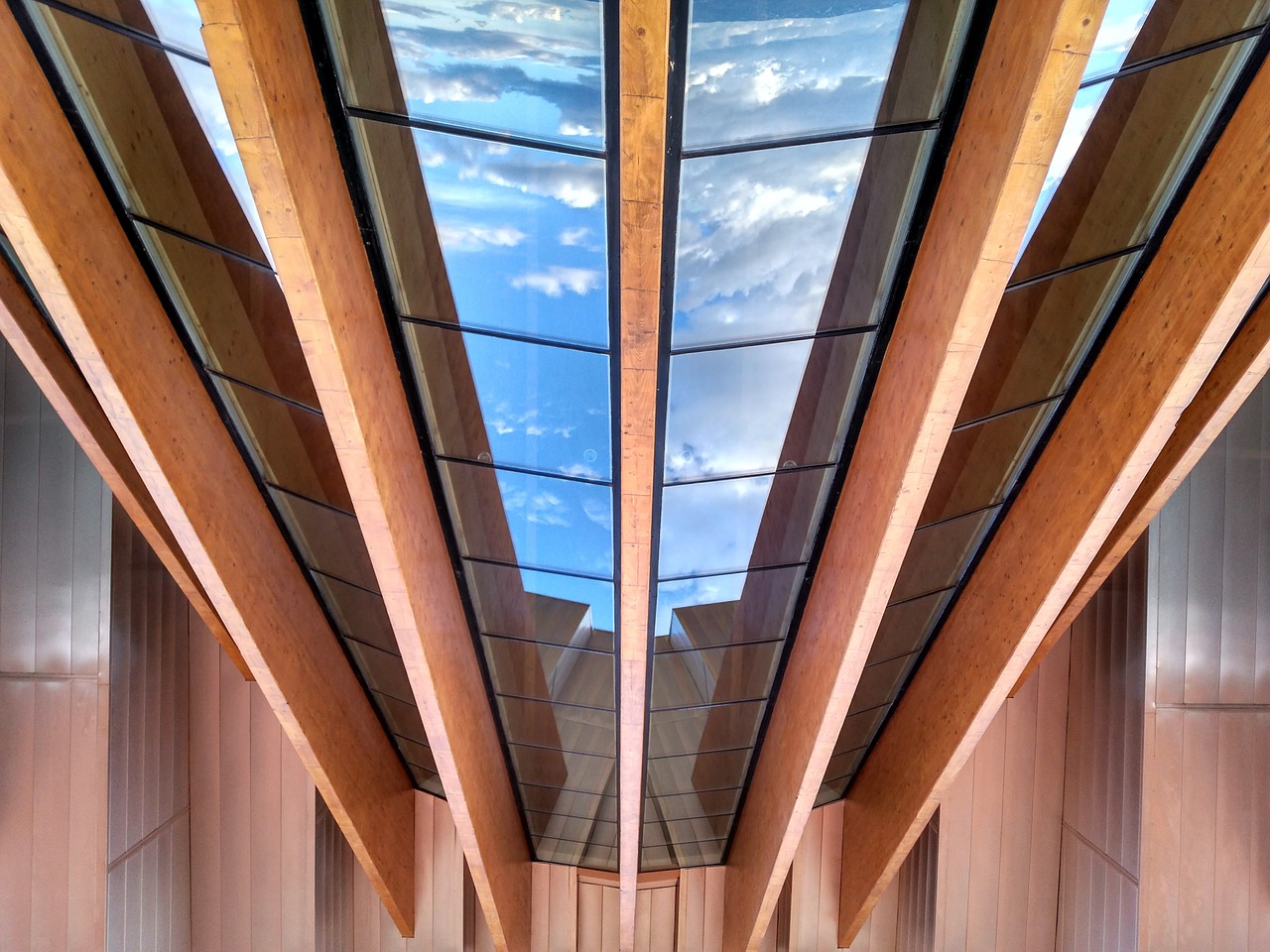
We’ve seen a somewhat dramatic shift in modern architecture and design over the past couple of decades. The global supply chain has given us access to whatever materials we can think of, and the internet allows us to pull inspiration from all over the world. It’s an exciting time to be an interior decorator.
One of the problems with modern design is that it isn’t always conducive to proper acoustics. The large, open spaces gaining in popularity can create chaos when you gather even a handful of chatty folks. Acoustic ceiling clouds create a beautiful bridge between the worlds of modern architecture and acoustic design.
What are acoustic clouds?
While still a relatively new addition to the interior decorating and design world, you’ve likely seen ceiling clouds before. Sometimes they hug the ceiling, and occasionally they are suspended far below the ceiling, but they accomplish the same goal either way. They keep noise and reverberation down, and they create visual appeal that you can’t get with a simple coat of paint. They combine the best aspects of ceiling clouds and acoustic fixtures into incredibly artistic ceiling solutions.
How do ceiling clouds work?
Acoustic ceiling clouds are made of acoustical materials, absorbing sound waves to keep the space sounding natural and open. Not only do they help with reverberation from sounds in the room, like people talking and walking, but they block sound from the overhead HVAC system and sounds from people walking on the floor above.
They are built in all shapes and colors, so some designs work better than others in certain applications. Some also look better than others when your goal is to achieve a specific look.
No matter what style you are going for, the type of cloud ceiling you ultimately choose will be partially influenced by where you want to place your tiles.
Where do you put acoustic ceiling clouds?
If you’ve seen a few pictures online of suspended ceiling clouds in use, you may have some questions about where to best place them. Sometimes they are fairly evenly distributed across the ceiling, and other times you’ll see them clustered together. So, what’s the best way?
The answer isn’t entirely straightforward, but that’s because the best acoustic cloud placement is dependent on the size and layout of the room. You also need to take the room’s purpose into account. The key is to mix the acoustic functionality you need with the look you want. In this article, we’ll discuss some popular design ideas that do just that. Let’s get into it.
Placing panels in large rooms
Large, open spaces are all the rage right now. Many new spaces were created in old warehouses and could generally use some sound control. Businesses are shifting away from the traditional office layout toward communal and shared spaces. This can create problems with acoustics if not accounted for in the design phase. Cloud ceilings can be both bold and functional in these settings. You just need to make sure your treatment matches the room’s use.
Creating coves in open expanses
When you have multiple groups using the same large room for different purposes, it’s nice to create a little privacy in each area. To make that happen, it’s a great idea to focus on the placement of your cloud panels above each individual gathering area.
The floating cloud ceiling will prevent sound waves from drifting too far, and they also create visual boundaries for each area. Giving each space a unique acoustic ceiling cloud design can give each space a different feel. Let the purpose dictate the design.
Turning your acoustic treatments into art
As long as you’re using acoustic cloud panels to delineate work areas, you might as well make them focal points for the space. Acoustic sound clouds come in so many shapes and colors, you can combine them to create unique shapes that promote calm in the workplace. You can also suspend them at different levels and angles, creating a visual flow that helps people navigate the space.
Centering your clouds
If the room is used more for things like presentations, lectures, or ceremonies, you’ll want to take a different approach to place cloud acoustic panels. Since you aren’t trying to create individual spaces, it’s best to tackle the most problematic area. Keeping your cloud ceiling panels centered in large rooms is a great way to do that.
A uniform spread
A room’s use isn’t always set in stone. Tables and chairs might have a different organization on any day of the week. The space might be used and decorated for all kinds of varying events. If you want to add appeal and acoustical properties to a room like this, a uniform acoustic ceiling cloud that spans the room is an excellent solution. It creates a backdrop for the gathering without being obtrusive.
Suspended lighting adds depth and contrast
While we’re on the subject of suspending ceiling clouds in larger rooms, we’ve got to touch on the striking visual impact you can get through suspending lighting through your ceiling clouds. The shadows cast by the clouds create a cozy feel in larger spaces.
Suspended lighting also brings the light close enough that you no longer need to blast the room with floodlights or fluorescent tubes. Complement your comfortable sound levels with equally comfortable lighting.
Placing panels in rooms with lower ceilings
When you aren’t dealing with very high or vaulted ceilings, you may not want to suspend tiles to the point that the ceiling feels very low. In these cases, your best bet may be to either directly attach them to the ceiling or suspend them just a little bit.
These solutions can be used in larger rooms too, but the physical limitations of smaller spaces make them perfect candidates. Likewise, your layout options are going to be similar to those in larger room design, but they might require a little tweaking to avoid people bumping their heads.
Wood veneer cloud ceiling tiles
If you want to add a whole lot of elegance to the room without sacrificing valuable headspace, choosing wood veneer acoustic ceiling clouds may be your best option. They are available in dozens of wood species and finishes, so you can match whatever look you’re going for.
But why not just use regular wood planks? Wood can give you the look but doesn’t do a whole lot for the acoustics in the room. The benefit of a wood veneer ceiling cloud is that it absorbs sound waves and reduces reverberation, meaning noise levels are kept comfortable.
Vertical cloud ceiling tiles
One look that works well for rooms with lower ceilings is to hang long ceiling cloud planks vertically. Not only do the parallel lines help elongate the space, but the alleys between them might also add a few visual feet to your ceiling. They’re a great complement to industrial styles and can be arranged to create pretty dramatic effects.
Let your imagination go wild
The best way to begin planning your space is to look at what kind of acoustic ceiling clouds are out there. Browse through our products.
When you have questions, we’d love to help you achieve your design goals with the acoustical aptitude to make any event exceed expectations.




